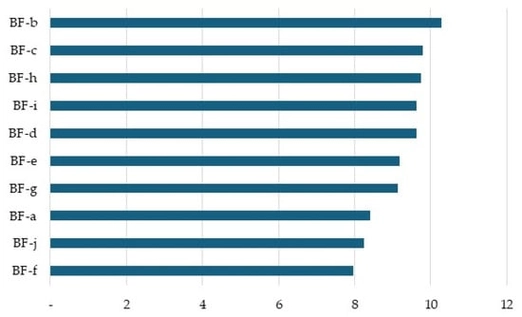- Article
Stakeholders’ Perceptions of the Benefits and Barriers to Implementing Environmental Management Systems Within the AECOM Sector in Malaysia
- Zheng Chan,
- Colin A. Booth and
- Grazyna Aleksandra Wiejak-Roy
- + 1 author
Environmental management systems (EMSs), such as ISO 14001, are commonplace across the architecture, engineering, construction, operations, and management (AECOM) sectors of advanced economies. However, their uptake remains limited across emerging markets and developing economies. This study explores stakeholders’ perceptions of the benefits and barriers to implementing EMSs within the AECOM sectors of Malaysia. Guided by a positivist stance, the study takes a quantitative approach using an online questionnaire to gather the opinions of AECOM professionals. The findings reveal that participants believe the most significant benefits of implementing EMSs in Malaysia are to improve corporate image and contribute to the environmental standards of the sector, whereas the most significant barriers to implementing EMSs are lack of client support and the difficulty in coordinating environmental performance among multi-tier subcontractors. Based on the evidence collected, the study recommends encouragement by the government of Malaysia to drive forward environmental management and further research into the reasons for the lack of reported support for ISO 14001 within the supply chain.
27 October 2025



